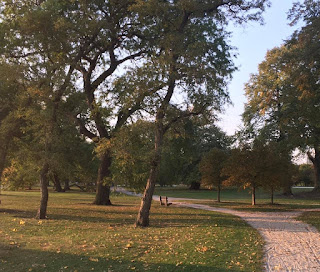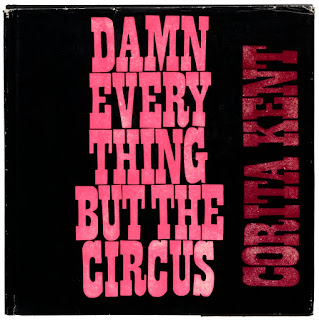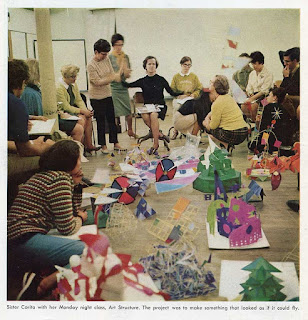How to bring structure to unstructured Covid days

Since March I’ve been thrown into all kinds of Covid havoc. All the things we used to say such as you are not the product of your productivity or your identity is not your job might have worked at one time—like when I had a job, before the pandemic lay waste to my routine. People who still have a routine or are kept busy with Zoom meetings seem to have no idea of how it feels to flounder, to be unmoored without time structure. It was a big reason by I simply took off at the end of May when things opened up to do my cross-country bike trip to Seaside, OR. On my bike ride I experienced structure—albeit one I had no control over. I never knew what the day’s weather or roads might bring. You can have a map, but that only goes so far in telling us how the journey will transpire. I’d awake everyday before dawn and as a sliver of yolk was breaking on the horizon was ready to set out. I’d eat and rest as needed (or not, again as the road allowed). By evening I was READY to stop. I’d shower...










